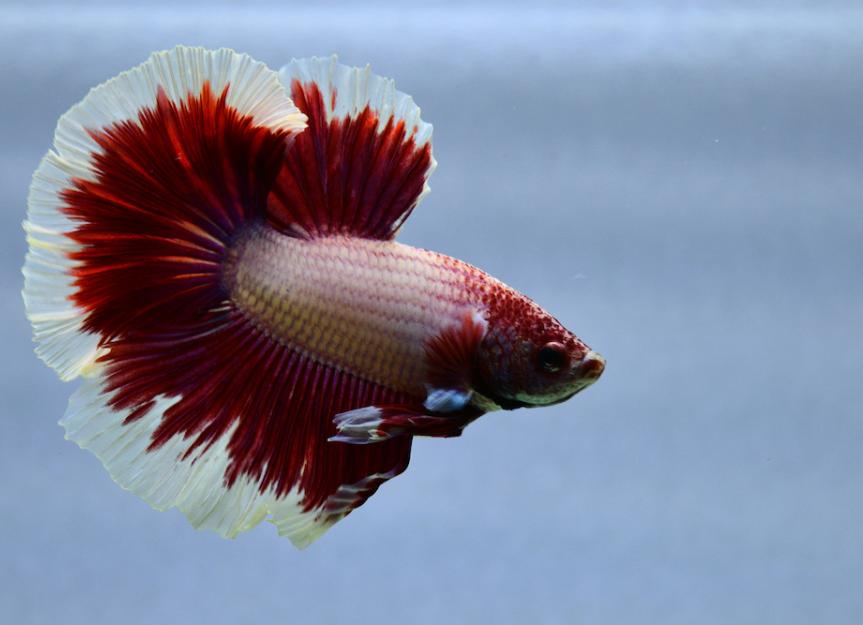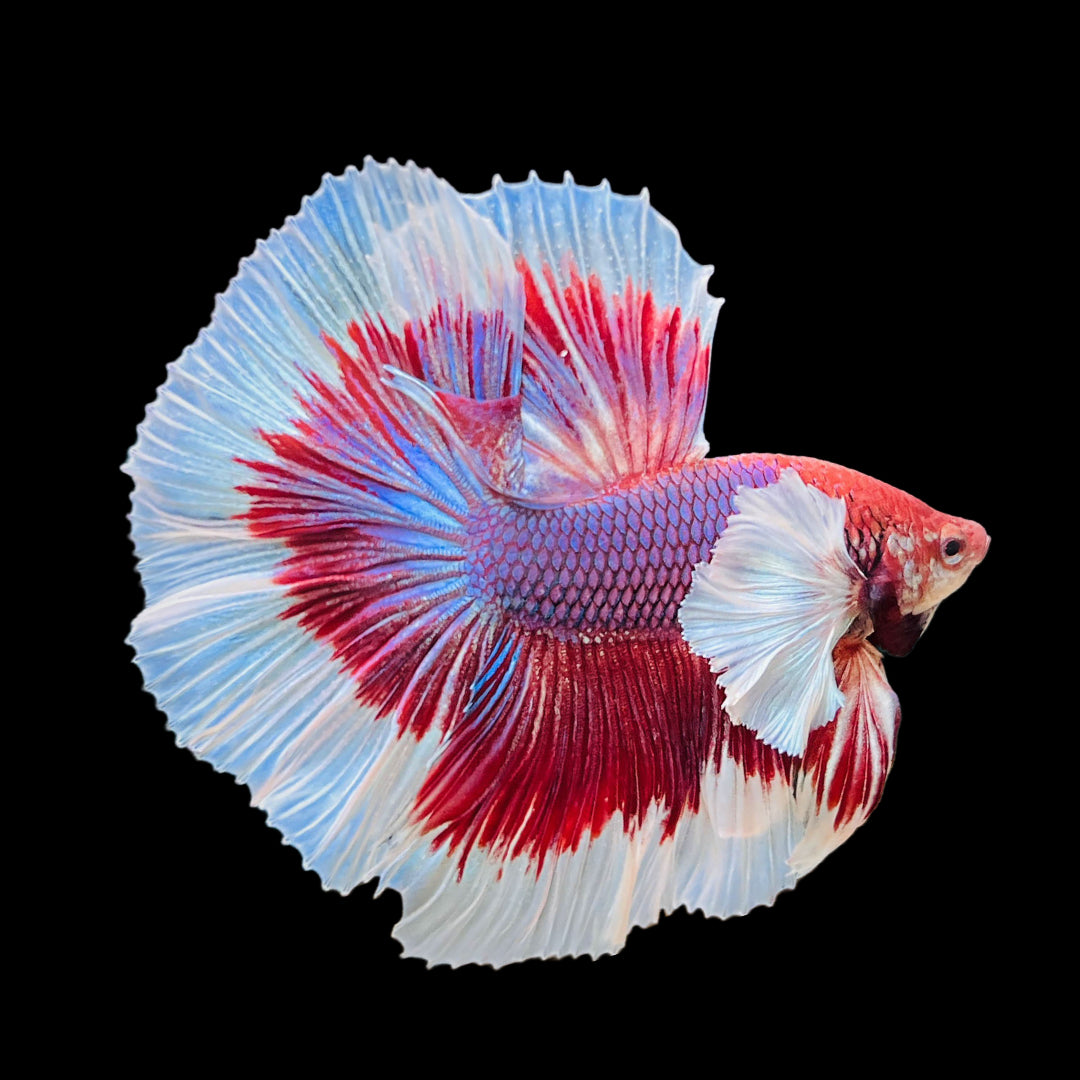Just How to Reproduce Betta Fish Effectively: Professional Methods and Insights for Hobbyists Seeking To Broaden Their Betta Collection
Breeding Betta fish needs a nuanced understanding of genes and environmental problems, making it necessary for enthusiasts to approach the process with both diligence and care. Producing an optimum reproduction environment, selecting the ideal sets, and observing the intricacies of their courtship behaviors are foundational steps that can substantially influence the end result.
Recognizing Betta Fish Genetics
Understanding the genetics of Betta fish is important for effective reproduction, as it influences characteristics such as shade, fin form, and actions. Betta fish exhibit a diverse array of colors and patterns, mainly determined by their genetic make-up. The key genes in charge of coloration consist of the "B" gene for blue, "D" genetics for red, and the "C" gene for shade intensity. Dog breeders can control these characteristics by picking specific moms and dad fish that exhibit preferred characteristics.
Along with coloration, fin morphology is one more significant facet of Betta genes (betta fish). The sizes and shape of fins are affected by various genes, consisting of those that determine whether the fins are short, long, or veil-shaped. Comprehending these genetic variants helps dog breeders anticipate the phenotypic results of their spawn
Additionally, behavioral characteristics such as aggressiveness and territoriality can likewise be affected by genetics. These actions play an essential duty in the reproducing procedure, as they can affect generating success and the total temperament of the resulting fry. By adequately recognizing these genetic concepts, breeders can make educated decisions, eventually enhancing their reproduction programs and achieving preferable results.
Preparing the Reproduction Atmosphere
Creating an ideal breeding atmosphere is vital for the effective recreation of Betta fish. The initial step in preparing this environment is to pick an appropriate breeding container, preferably varying from 5 to 10 gallons. This size enables enough swimming area and the establishment of areas. The tank should be furnished with a heating system to maintain a steady temperature level in between 78 ° F and 80 ° F, which is vital for urging spawning actions.
Following, take into consideration making use of a sponge filter or an air stone to provide gentle water blood circulation without producing strong currents that can emphasize the fish. It is vital to install plants or breeding cones to use concealing spots and advertise comfort for the woman throughout the spawning procedure. Floating plants, such as Java moss or water sprite, can likewise produce a more native environment while assisting in bubble nest structure by the male.
Before presenting the breeding sets, make sure the water is conditioned and without unsafe chemicals, such as chlorine or hefty steels. betta fish. Regular water adjustments must be performed to maintain ideal water top quality, boosting the chances of effective reproduction. With these prep work in position, the breeding atmosphere will sustain the wellness and well-being of both Betta fish
Picking Breeding Pairs
Choosing the appropriate reproduction sets is critical for achieving effective Betta fish reproduction. When choosing your reproduction sets, consider numerous crucial variables consisting of health, character, and genetics. Healthy Betta fish exhibit lively shades, clear eyes, and energetic actions. Selecting fish that are totally free from illness makes sure a better opportunity of producing feasible offspring.
Personality is one more important factor to consider, as Betta fish are known for their hostile nature. It is recommended to pick a man and female that exhibit suitable characters to decrease tension throughout the breeding process. A calm male can urge click for source a smoother courtship, while a woman that is also aggressive might interfere with the procedure.
Hereditary background likewise plays a significant function in the top quality of the offspring. Reproducing fish that are genetically varied can reduce the danger of genetic health problems and boost the total vigor of the fry. It is helpful to research the family tree of both the man and lady, concentrating on desirable attributes such as fin kind, color scheme, and size.
The Reproduction Refine
The reproduction process of Betta fish calls for mindful planning and attention to detail to make certain a successful outcome. At first, it is crucial to prepare an ideal reproduction tank, ideally a 5-10 gallon aquarium with a temperature preserved at 78-80 ° F. The tank ought to be furnished with a heating system, filter (ideally sponge kind to avoid strong currents), and plenty of marine plants for the lady to hide.
When the setting is established, present the picked breeding pair to the container, permitting them to accommodate. Observe their behavior; the male will show sophisticated courtship routines, including flaring his fins and developing a bubble nest. If the female reveals interest, she will certainly present upright red stripes showing preparedness for spawning.
When the female is receptive, the set will certainly take part in a mating embrace, during which the male fertilizes the eggs. It is important to check their communications very closely, as the man might come to be aggressive. After spawning, remove the female to avoid potential injury. The man will have a tendency to the eggs, which typically hatch within 24-36 hours. Keeping optimal water problems during this period is crucial use this link for the development of healthy Betta fry.
Caring for Betta Fry

Feeding Betta fry is crucial, as they call for a diet regimen high in healthy protein. They can be fed infusoria or liquid fry food, transitioning to carefully crushed top quality pellets as they expand. Feed little portions numerous times a day to motivate healthy growth without overloading the storage tank with leftover food.

As they mature, check their development closely and separate any kind of hostile people to stop harm. By providing a nurturing environment additional resources and proper nutrition, enthusiasts can effectively increase Betta fry right into lively, healthy and balanced fish, ultimately enhancing their breeding ventures.
Conclusion
Successful Betta fish breeding requires precise attention to hereditary choice, environmental problems, and look after the fry. By understanding the genetics of Betta fish and preparing a suitable breeding setting, hobbyists can improve the chances of generating vibrant, healthy and balanced offspring. Choosing suitable breeding sets and very closely keeping an eye on the courtship and spawning procedures are crucial. Supplying optimum care for the fry guarantees their healthy development, adding to a thriving Betta collection.